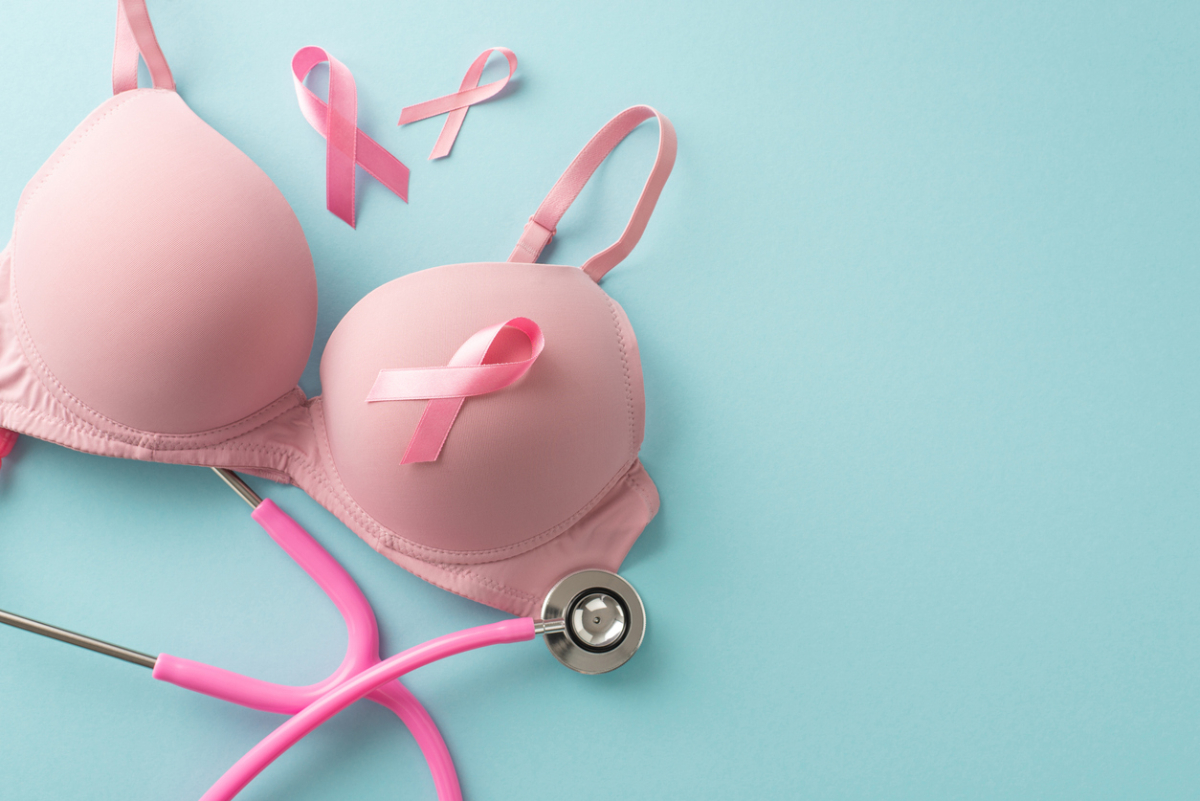Common Reasons for Nipple Discharge
Nipple discharge is probably one of the most alarming things that can happen to a woman, but women should understand that it is relatively common and is not usually a sign of something serious. However, it can also be an indication of different health conditions that may require attention at a medical center. It is normal for women to feel anxious upon noticing nipple discharge, but understanding the possible causes of nipple discharge can help you determine whether there is no real cause for anxiety or if you need to see a doctor immediately. Awareness about the common reasons for nipple discharge will help you get the right help if you need it.
Common Reasons for Nipple Discharge
Hormonal Fluctuations
Among the most common causes of nipple discharge is hormonal fluctuations. Women’s hormone levels fluctuate throughout their menstrual cycle, which can sometimes cause a small amount of milky fluid to leak out from the nipples. Although this discharge is not usually concerning, it is crucial for you to monitor the color and consistency and report any changes to the doctor.
Pregnancy and Breastfeeding
Pregnancy and breastfeeding are two other reasons women have nipple discharge. Pregnant women who are not yet breastfeeding may notice some discharge as their breasts prepare for milk production. On the other hand, women who have stopped breastfeeding may still observe a milky discharge months after stopping.
Fibrocystic Breast Changes
Fibrocystic breasts are characterized by lumps, which can be tender and swollen. Although this is a normal occurrence before a woman’s period arrives, it can lead to nipple discharge.
Infection or Abscess
Breastfeeding women can have mastitis or breast infection. This may result in nipple discharge. Although this is more common in breastfeeding women, it can also happen to anyone. The infection can cause a yellow or greenish pus-like discharge accompanied by breast pain, swelling, and fever. If the infection progresses, pus can build up. If you think you have an infection, visit your doctor immediately to prevent further complications.
Galactorrhea
This condition is experienced by women who are not pregnant nor breastfeeding, yet they produce milk. It is usually caused by hormonal imbalance, in particular, an elevation of prolactin, which is the hormone responsible for milk production. Other hormones that can affect milk production are estrogen and thyrotropin-releasing hormones. Thyroid disorders such as a benign tumor in the pituitary gland can cause this condition. In addition, medications like birth control pills or anti-depressants may also be responsible for galactorrhea. A physician can help you identify the problem and help address it.
Duct Ectasia
This is also known as mammary duct ectasia, which is a condition experienced by women nearing menopause. This does not mean, however, that women who are not yet menopausal do not have this condition. The fact is, it can happen to younger women too. This happens by a widening of a milk duct and thickening of its walls. This may cause a blockage to the milk duct, resulting in fluid build-up. If left untreated, this can lead to an infection.
Papilloma
These are small wart-like tumors that can cause clear or bloody discharge. Although they are usually harmless, a bloody discharge should not be taken for granted. This type of discharge may be a symptom of a more serious health condition like breast cancer. Due to this, it is crucial for you to visit a specialist for a thorough evaluation of the discharge. Remember that a timely diagnosis can greatly impact your prognosis.
Breast Cancer
As mentioned earlier, nipple discharge may be a symptom of breast cancer, especially if it is bloody or if it only comes out of one breast. A rare form of breast cancer called Paget’s disease of the breast can cause yellow or bloody discharge. Other symptoms of this cancer are itching, redness, an inverted nipple, a tingling or burning sensation, a lump in the breast, and thickening skin on the breast, among many others.
When to Visit Your Doctor?
Nipple discharge is usually not a sign of a serious health condition. However, every woman should observe their breasts for some signs that should prompt them to see their doctor.
- Discharge that occurs even without any external interference like squeezing the nipple
- Bloody or clear discharge only from one breast
- If discharge is accompanied by a lump, redness, or breast pain
- If a woman experiencing the discharge is postmenopausal
Your doctor will conduct a physical examination of your breast and possibly recommend that you undergo a digital mammogram for a thorough assessment.
Get the Right and Timely Treatment
There are many reasons for nipple discharge. Some are natural and harmless, while some need special attention from a licensed medical specialist. When it comes to your health, it is always wise to exercise vigilance. Monitoring your symptoms and visiting a healthcare specialist as soon as possible can help ease your worries and pave the way to early detection, treatment, and a more hopeful prognosis. If you cannot explain your nipple discharge, schedule a consultation with us today.

